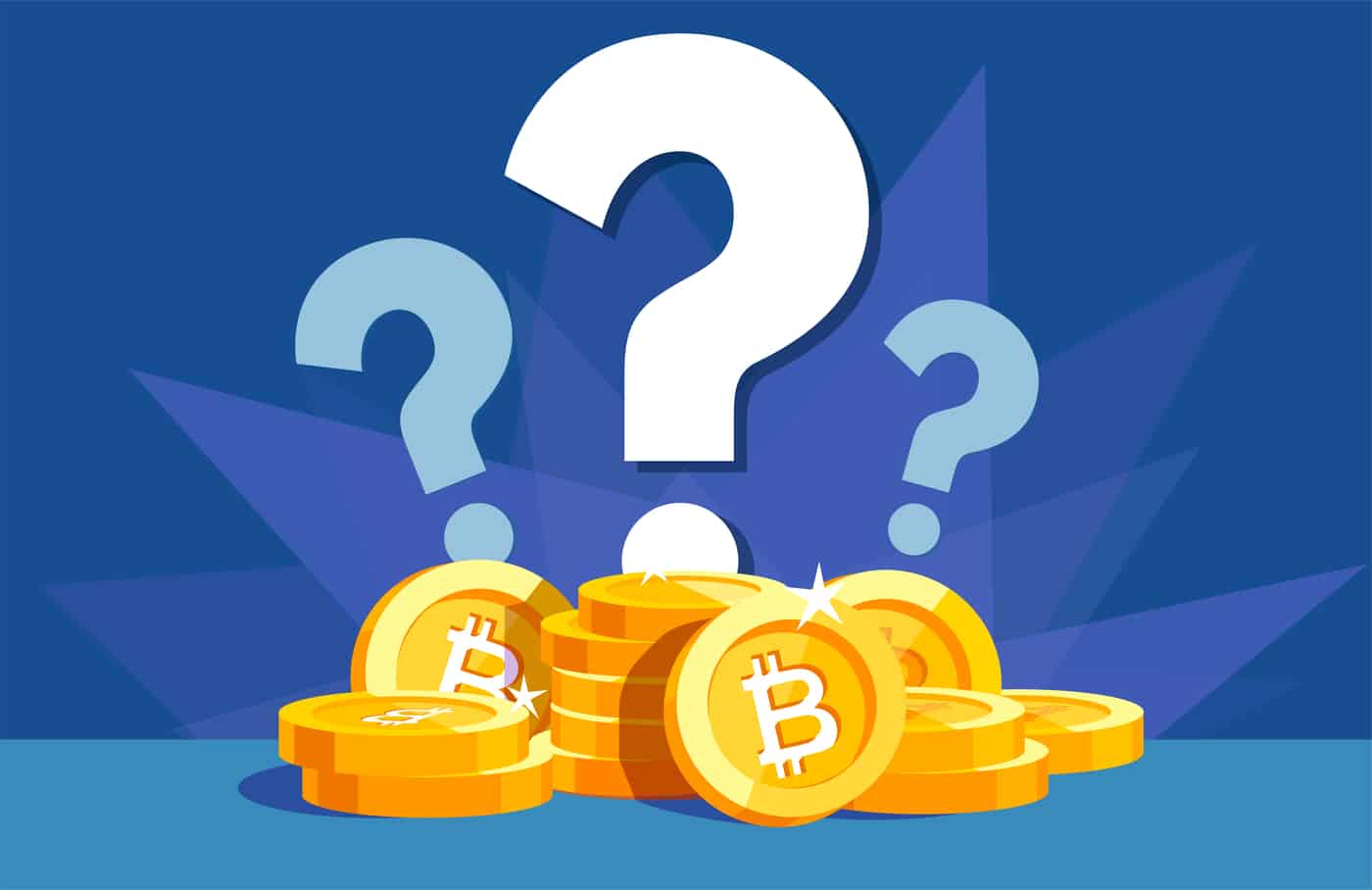Most cryptocurrency investors often wonder, when is the right time to sell Bitcoin? After all, common investing knowledge suggests that you buy low and sell high, but barring any telepathic powers, knowing when low and high are, is impossible.
Should you sell Bitcoin?
The singer Lily Allen famously regretted turning down the opportunity to perform a concert via live stream in exchange for hundreds of thousands of Bitcoin, back in the cryptocurrency’s early days. That statement of regret was made in 2014, when the BTC price was about 1,000 USD. Had she performed the concert and cashed out then, imagine how she would feel now. If you did buy Bitcoin though, how do you know when to sell it?
While there’s no right or wrong answer to that question beyond the crystal ball. A lot of it depends on whether you’re a risk taker or like to play things safe. And, unfortunately, you have to be willing to make mistakes. After all, like all investing, cryptocurrency is a risky asset, and while it’s possible to make a lot of money, it’s just as possible to lose it all. But for a better understanding of when to sell Bitcoin, we can start by looking at the Bitcoin price.
Bitcoin price stability and volatility
The Bitcoin price enjoyed a period of relative stability for most of the summer and into early fall, and by mid-September, its volatility had hit its lowest point in four months. In fact, at Coinmama, we found ourselves touting that stability week after week, as the BTC price hovered near 10,000 USD.
Yet, on September 24, that stability seemed to shatter. Over the course of only a few hours, the Bitcoin price dropped by over 1,000 USD, and over the next month, it would drop to 7,446 USD, its lowest price point since mid-May. Then, on October 25, Bitcoin saw its highest 24-hour price change since 2011 when it was trading at 5.60 USD, pushing it briefly back over the 10,000 USD mark.
While it’s tempting to see a price drop and immediately panic and sell, what does the price volatility mean, and how does it relate to knowing when to sell Bitcoin?
When to sell Bitcoin: three Bitcoin investing strategies
1. When Bitcoin price volatility is good news
Cryptocurrency day traders thrive in a volatile price market. After all, a 40% price increase over the course of 24 hours really does give the opportunity to buy low and sell high—if you catch the price on the right side, of course. That’s easier said than done, but for high risk takers a volatile price may mean it’s time to sell Bitcoin (and then buy it again). It’s important to note that it’s a move that can easily backfire, especially if you’re an inexperienced trader. So always take some precautions—or be prepared to lose your entire investment.
2. HODLing as a long-term strategy
For more risk-averse investors, a better strategy may be to look at crypto as a long-term investment, and to HODL, or hold on for dear life, no matter how high the price goes, opting to sell Bitcoin only when you’re ready to retire. While the Bitcoin price pattern in the last decade indicates a constant upward swing, this approach is also not without its risks. While many have tried, no one can predict with certainty where Bitcoin will be another decade from now, let alone another 30-40 years from now. And the asset is still so new that not only is the price fluctuating, regulations surrounding its legality are too.
There’s a lot of faith involved in this approach, with the ability to backfire. Still, if you’re a true Bitcoin believer, investing and HODLing is a non-time consuming way to (hopefully) watch your investment grow. Just make sure you HODL your private keys as well!
3. A middle-of-the-road strategy
If you want to take an approach that combines day trading and HODLing, you can decide to sell a percentage of your Bitcoin while holding onto the rest. This allows you to try to take advantage of price volatility and sell high without risking your entire investment. At the same time, it leaves a chunk of your investment intact with a long-term approach. This approach, too, takes time and risk. And deciding ahead of time what percent you want to hold onto and what percent to trade requires You never know if you’ll sell at the right time, or if holding on will pay off in the long run. But for people who want the best (and worst) of both worlds, this may be the approach to when to sell your Bitcoin.


